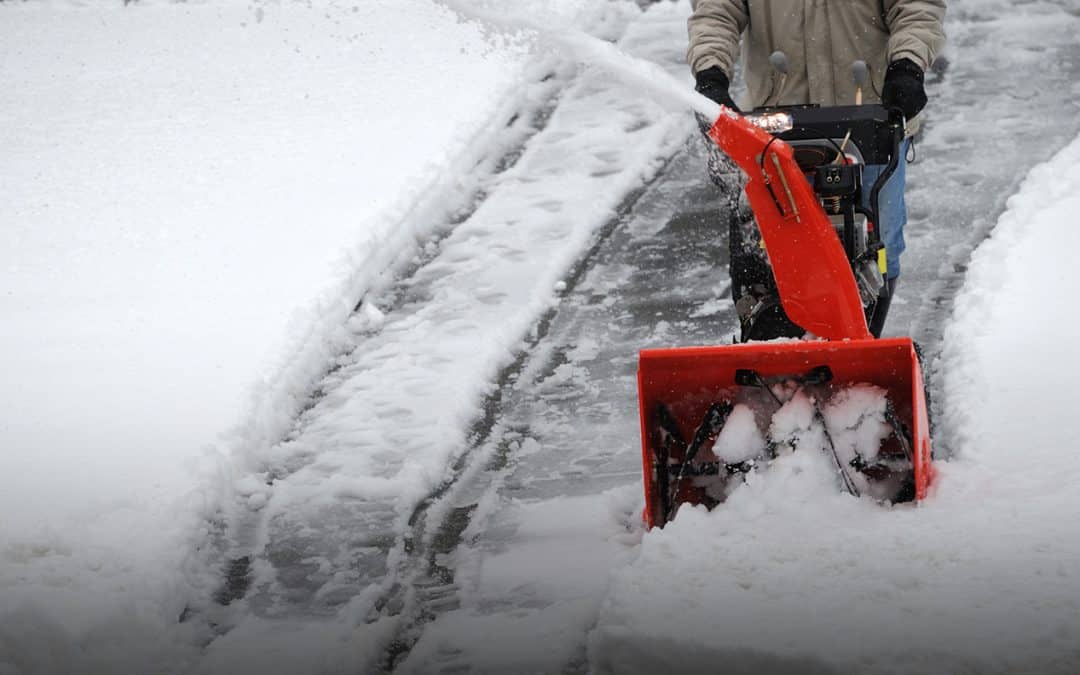It seems like in every major city you travel to these days, someone is riding an electric scooter. The popularity of battery-powered scooters began in 2017 and ride share companies started popping up across the United States and the world.
What is an Electronic Scooter?
If you’re not familiar with an e-scooter, they require a rider to stand and they operate between 15 and 20 mph. A rider can rent one with a smartphone app, take it cruising around the city then park and leave it when they are done. The rider also does not need a driver’s license to operate one.
As e-scooter companies like Lime, Bird and Lyft expanded over the next few years, ridership also saw a heavy increase. The Shared Micromobility Report by National Association of City Transportation Officials (NACTO) reported 109 cities had dockless scooter programs in 2019 – a 45% increase from the year before — and scooter riders had taken a whopping 86 million trips that year. While the number stalled during the pandemic, it’s expected to grow again as things get back to normal and as people look for alternatives to public transportation like subways and buses.
Safety concerns with e-scooters
Even though scooter use has grown over the recent years, it’s been difficult to track the number of scooter-related injuries and deaths because many police departments and hospitals don’t track the data. A Consumer Reports study in 2019 of 110 hospitals and five agencies in 47 cities found that an estimated 1,500 people had been injured in a scooter-related crash since 2017.
Like bicycles, scooters have the potential to be dangerous as users face certain risks from getting into crashes with motor vehicles. It’s also possible riders could hit pedestrians or things like pot holes or cracks on the sidewalk. Scooter injuries have included broken bones, skull fractures and loss of consciousness.
Traffic rules and regulations vary from city to city and although not required in many cities, companies do suggest that riders:
- Wear a helmet
- Ride in bike lanes when available
- Obey traffic lights and stop signs
- Ride in same direction as traffic
Officials and residents in many cities have raised other concerns over the safety of scooters. One concern, according to the Insurance Information Institute, is whether existing traffic rules can adequately accommodate e-scooters – especially if riders are driving in fleets. Another concern is whether personal insurance policies may cover individuals should an accident occur. Some people have also expressed concerns about where riders leave the scooters when they are done as they can be a liability on the sidewalk to a pedestrian or disabled person.
Is there insurance for e-scooter riders?
If you have health insurance and get injured as a result of a scooter accident, you will likely be covered for your medical expenses. But if you cause injury to another rider, a pedestrian, damage someone’s property while riding, or cause an accident, whatever insurance you have is most likely not going to help you.
A couple of e-scooter companies DO offer limited liability insurance to riders, but at the time of this article’s writing it is not available to those in the U.S.
To stay current on protecting what’s most important to you and the ever changing things you may need to protect, you can always check our blog for up to date information or contact your local independent agent to find insurance solutions that best meet your needs.



